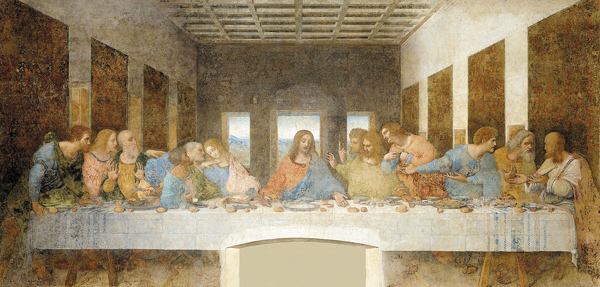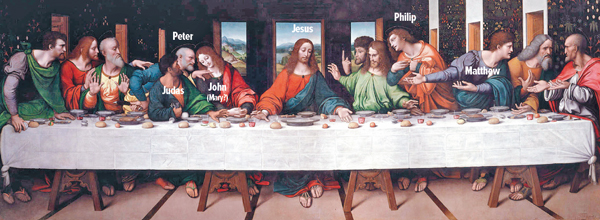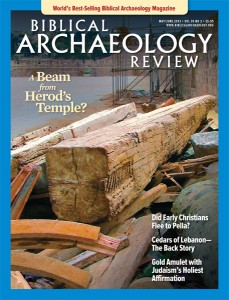
Leonardo da Vinci’s The Last Supper is probably the second most famous painting in the world—after the Mona Lisa. But there is some question about what it portrays. It was painted in the late 15th century on the plaster wall of a refectory (dining room) of a monastery in Milan. Instead of a durable fresco in which the paint is applied to wet plaster, Leonardo painted a secco, in which oil tempera paints are applied to dry plaster and can easily flake off. The Last Supper has been subject to numerous restorations, the latest completed in 1999,a and today the painting is 80 percent restoration. Hence, it can be seen more easily in some early copies/restorations than now on the monastery wall (see, e.g., Giampietrino’s 1520 copy). It is 15 feet high and nearly 30 feet wide.

Does The Last Supper portray the institution of the Eucharist (the eating of consecrated bread and drinking of sacramental wine) or does it portray Jesus’ announcement that one of his disciples would betray him?
For many years it was thought to depict the moment after Jesus announces his betrayal.
Already a library member? Log in here.
Institution user? Log in with your IP address.

